Ordering food in a foreign country can be tricky, to say the least. Nowhere was this clearer than when we visited the Basque Country two years ago: dish after dish, every meal was a surprise - we were thinking we knew what we were ordering until the meal actually arrived. Thought we were ordering beef? Nope, it was fish. Fancy chicken? No, you'll be having duck. And although we think the level of English in Prague generally ranges from ok to high, sometimes the actual dish may surprise you, too. This post will try to clear some of the mystifying items in Czech menus.
The smartest Prague food tours. Cool rental apartment. Awesome pocket wifi device. We’ll turn your Prague trip up to eleven.
Book a tour Get the guide Rent the apartment Rent the pocket wifiLesson 1: When cheese is not cheese.
Our guests have often commented on two items that caused some confusion: pickled cheese and head cheese. Pickled cheese ("nakladany hermelin") does not sound really appetizing but in reality it's quite delicious and all our guests who had the opportunity to taste it really liked it, we think. It's basically Czech Camembert-style cheese cut in half, stuffed with spices and herbs and marinated in oil. It's a good way adding some additional flavors to the cheese. The cheese thus marinated is more flavorful and gets a very soft, almost gooey texture. Why "pickled cheese", then? Easy: the Czech language uses the same word for pickling and marinating, and the pickling is the first equivalent you find in a dictionary. Therefore, "pickled cheese" is a lazy translation, or mistranslation, of what should be "marinated cheese". In any way, there is no vinegar involved.
Head cheese is quite different, though, and an item that causes serious confusion. Head cheese is not cheese at all: it's a meat product, sometimes called, in a joke, the "Czech carpaccio". Basically, you boil a pig's head, which creates a stock in a gel structure. You add meat and, according to some recipes, other ingredients (like root vegetables), and you let it cool in a form or a thick salami tube. When cooled, you cut the resulting "salami" in thicker slices and serve them with vinegar and raw onion (hence the carpaccio reference), and it sourdough bread with it. Now, Zuzi and I agree to disagree on that one: while I absolutely love it, Zuzi is not a fan.
Lesson 2: A metaphor goes a long way
Another problem faced by many foodies in the Czech Republic is the fact that the Czechs have sometimes preferred metaphorical over descriptive names of their dishes. The result? Dishes names like "Spanish birdie", "Moravian sparrow" etc. Don't worry - no birds were harmed in the making of these dishes. "Spanish birdie" is basically a stewed beef roll filled with bacon, a pickle, sausage and hard-boiled egg, usually served with bread-roll dumplings or with rice. The name of the dish was coined by Mr Rettigova, the author or probably the most famous Czech cookbook ever written (which dates back to 1826). "Moravian sparrow" are roasted pieces of pork belly or shoulder marinated in garlic and caraway seeds and then served with dumplings and sauerkraut. Again, something that the name would not imply. The metaphoric approach to naming Czech dishes finds its peak with the "drowned man", which means nothing more than pickled sausages (this time they are really pickled), served with pickles and bread and served with beer.
Another classic example is the "Basta", which is basically an assortment of meats served with various kinds of dumplings and usually sauerkraut and red cabbage. This dish is quite heavy but great if you want to taste a bit of everything in the Holy Trinity of Czech cuisine: pork - dumplings - sauerkraut. Czech classic dishes with slightly confusing names also include "svickova": beef with root vegetable and cream sauce served with a slice of lemon, cranberry compote and dumplings. Here the confusion is subtle: "svickova" means "tenderloin" although in reality cheaper cuts are mostly used. The same goes for pastries: virtually none of them have a descriptive name. Some of the most famous are included in the glossary below
Lesson 3: A brief glossary of term
Because Taste of Prague is primarily an educational project (ok, not really, but we'll go ahead with this argument when we apply for EU funding sometime in the future), we provide below a brief summary of very brief classic dishes and their explanations:
Czech termLiteral English translationDescription
Nakládaný hermelínPickled cheeseCzech Camembert-style cheese marinated in oil and stuffed with herbs and spices
TlačenkaHeadcheeseSlices of meat and collagenised stock served with bread, vinegar and raw onion
Španělský ptáčekSpanish birdieStewed beef roll filled with bacon, a pickle, sausage and hard-boiled egg
Moravský vrabecMoravian sparrowRoasted pieces of pork belly or shoulder marinated in garlic and caraway seeds
SvíčkováTenderloinBeef with root vegetable and cream sauce
BaštaDelightAssortment of meats with an assortment of dumplings with sauerkraut and red cabbage
VěnečekLaurel wreathChoux pastry filled with vanilla cream and covered in sugar glaze (sometimes with lemon)
VětrníkWindmillChoux pastry filled with caramel and vanilla cream with caramel glaze
RakvičkaLittle coffinSweet oblong and hollow biscuit, usually served with whipped cream
This list is far from exhaustive, of course. There are many, many other dishes with names that may confuse you. And this is where we turn to you: have you ever had a surprising experience when you ordered Czech dishes? Have you ever seen a puzzling name of a Czech dish? Let us know in the comments!






















